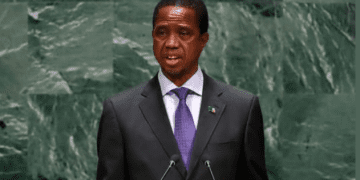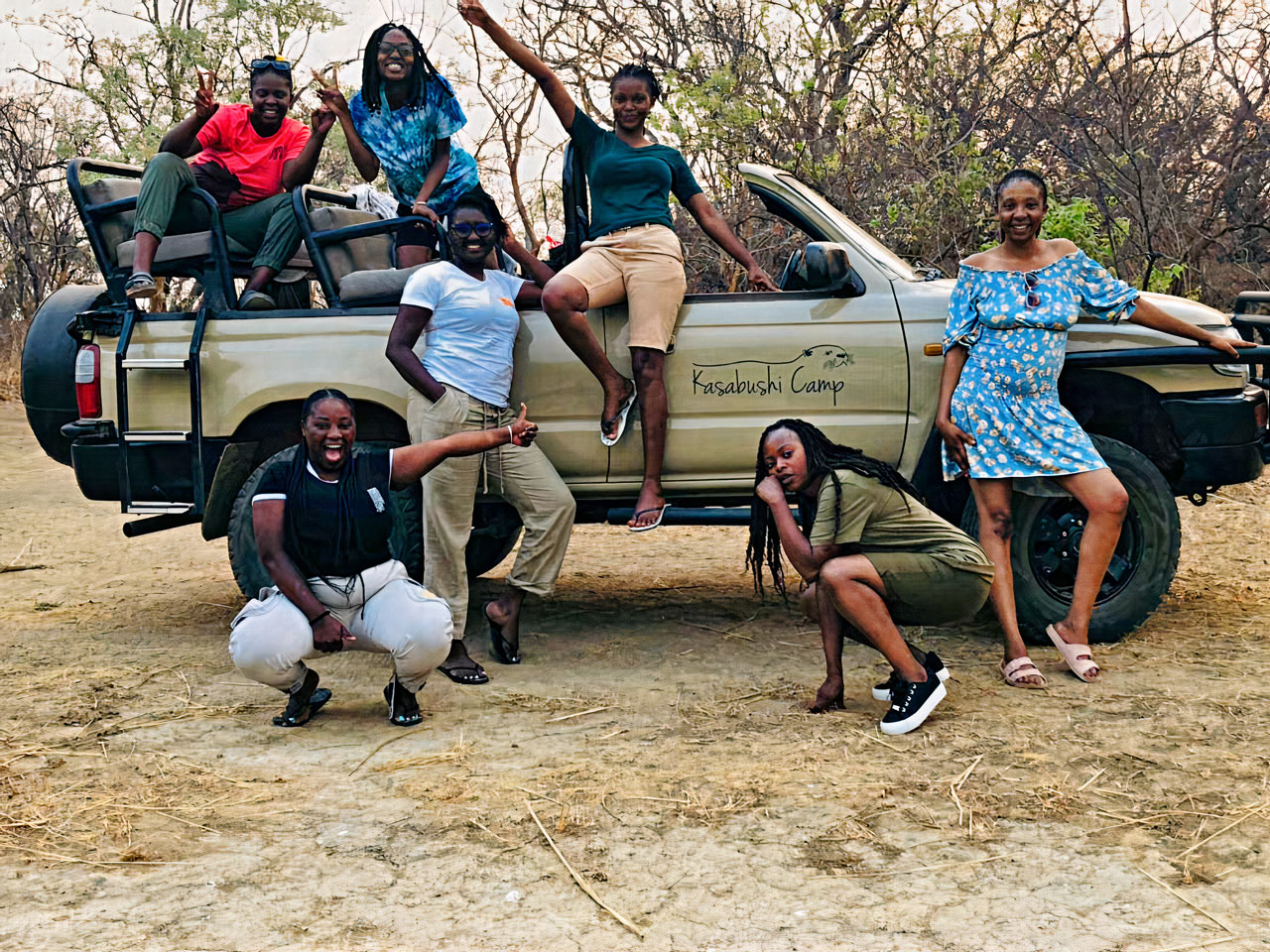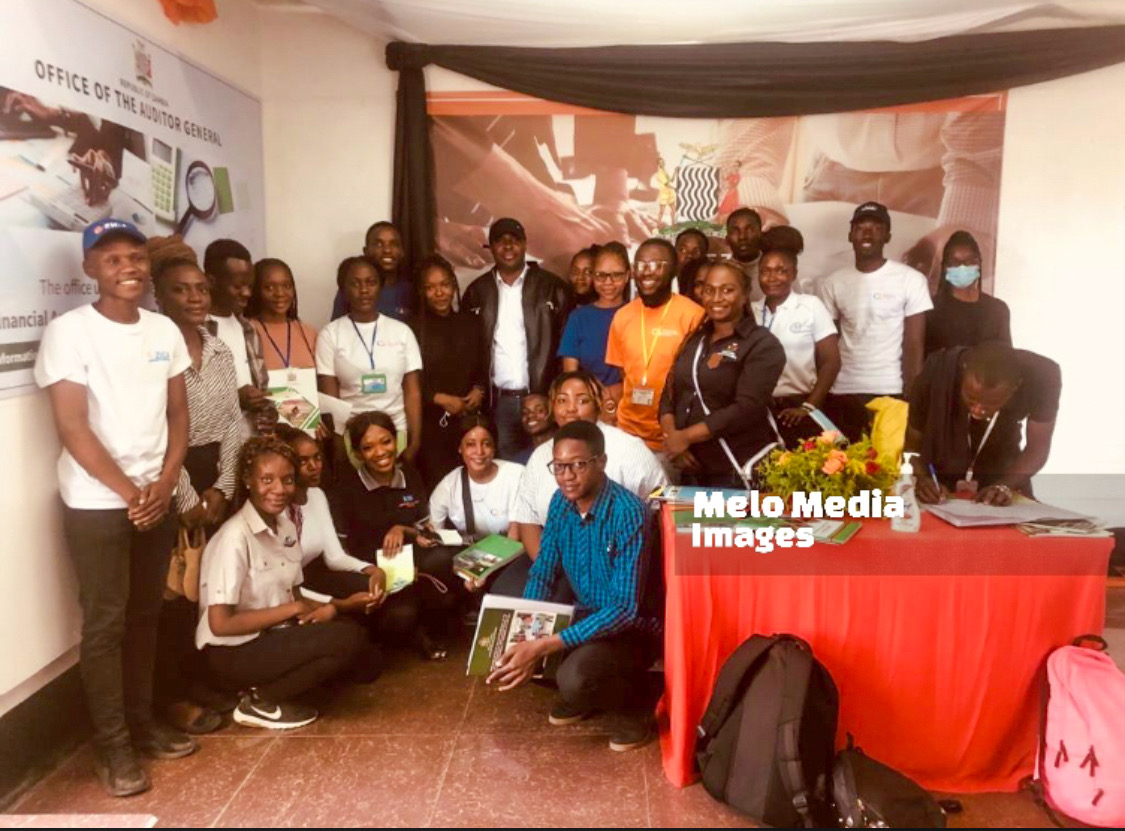By Kelvin Kamayoyo, Zambian Economist, Scholar and BuyZed Chief Technical Advisor argued that there was need to conserve more the African Rivers starting with the Zambezi River and its basin and promote the photography, movie or artistic and musical industries. These industries attract both unskilled and skilled labour force and in fact they are labour intensive therefore growth and improved livelihoods is guaranteed for the target players for purposive of inclusive growth and sustainable development.
These industries have lower barriers of entry and as such have open doors for local start ups for entrepreneurship and empowerment. It is therefore important that local produced entrepreneurs considers these type of business ventures to invest into and improve livelihoods. Indisputably the Zambezi River and its unique basin provides a lucrative business environment for entrepreneurs to exploit and invest for growth and complement the tourism industry trajectory. Notwithstanding the aforesaid, certainly start-ups have the opportunity around the Zambezi River basin for business exploitation for growth.
The Zambezi River is naturally shared by Angola, Botswana, Mozambique, Namibia, Zambia and Zimbabwe, and collectively they enjoy an estimated total population of 105 million people with a growing middle income and youthful age group. This population needs to be integrated into the finite national economic jurisdiction and transboundary economies. The Zambezi River is one of the largest river basins in Africa, covering an estimated area of 1.4 million square kilometers spanning over eight countries which includes Malawi and Tanzania.
The countries around the Zambezi river basin largely are characterized by land-intensive and labor-intensive export products mainly derived from the agriculture, energy, tourism, aquaculture, livestock and forestry sectors. Apparently, the Zambezi River accounts for the most hydropower generation and supplies capacities on the Southern part of the African continent but there is need to diversify for the benefit of small and medium enterprises and ordinary individuals.
Additionally, the two main sources of hydroelectric power on the Zambezi river can be found at the Kariba Dam, providing power to mainly Zambia and Zimbabwe, and the Cabora Bassa Dam, powering mainly Mozambique and South Africa including a smaller power station at Victoria Falls, which generates some additional power to Zambia and Zimbabwe. While the basin is largely rural, urbanization rates are high and an estimated 80% of the Zambezi-area population depends on agriculture and an estimated 32 million people live in the Zambezi river valley, and the vast majority depend on agriculture for their livelihoods while exploiting the flood plains along the river which provide fertile land for farming.







































